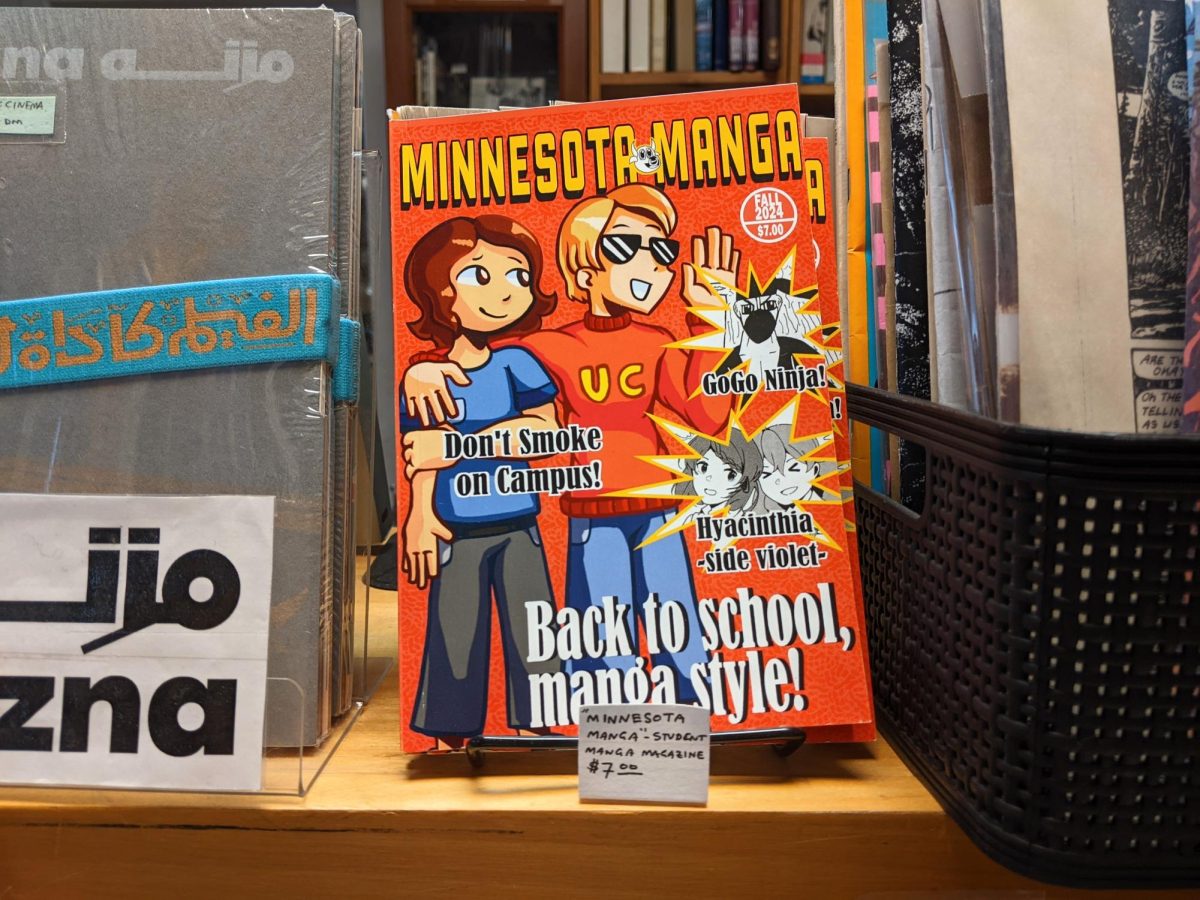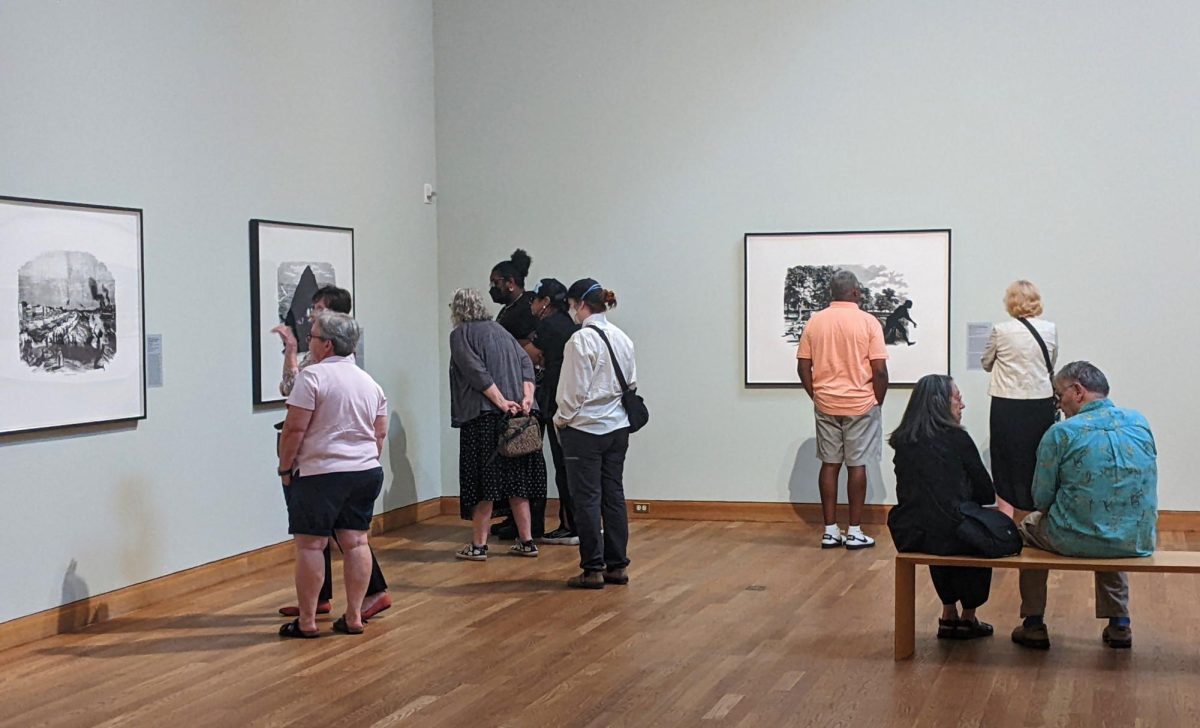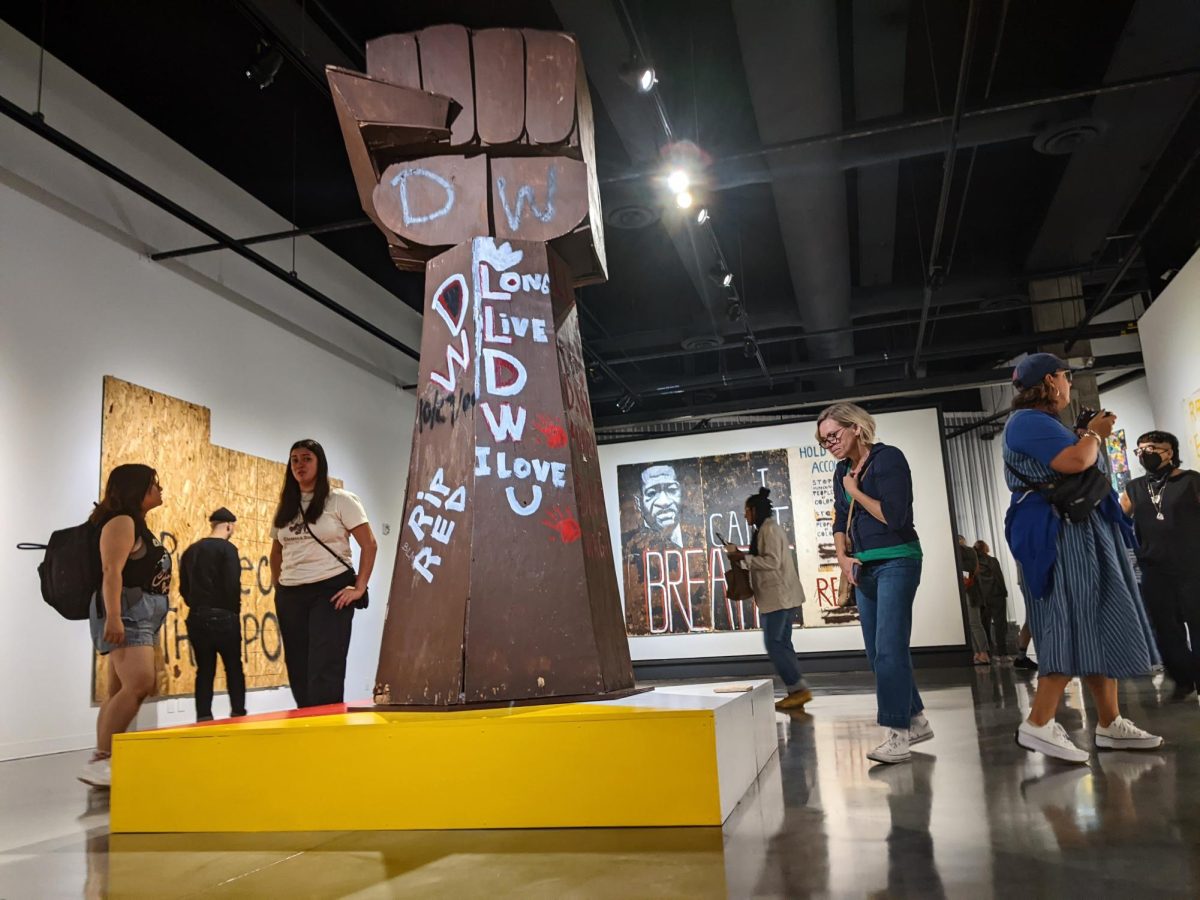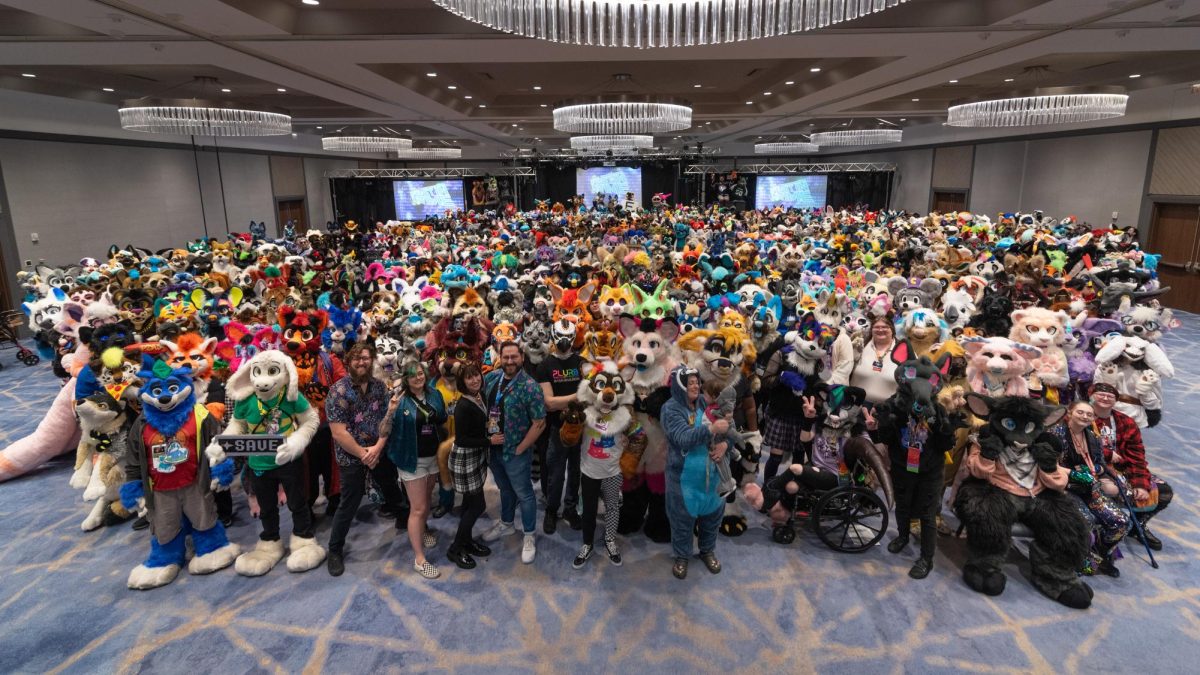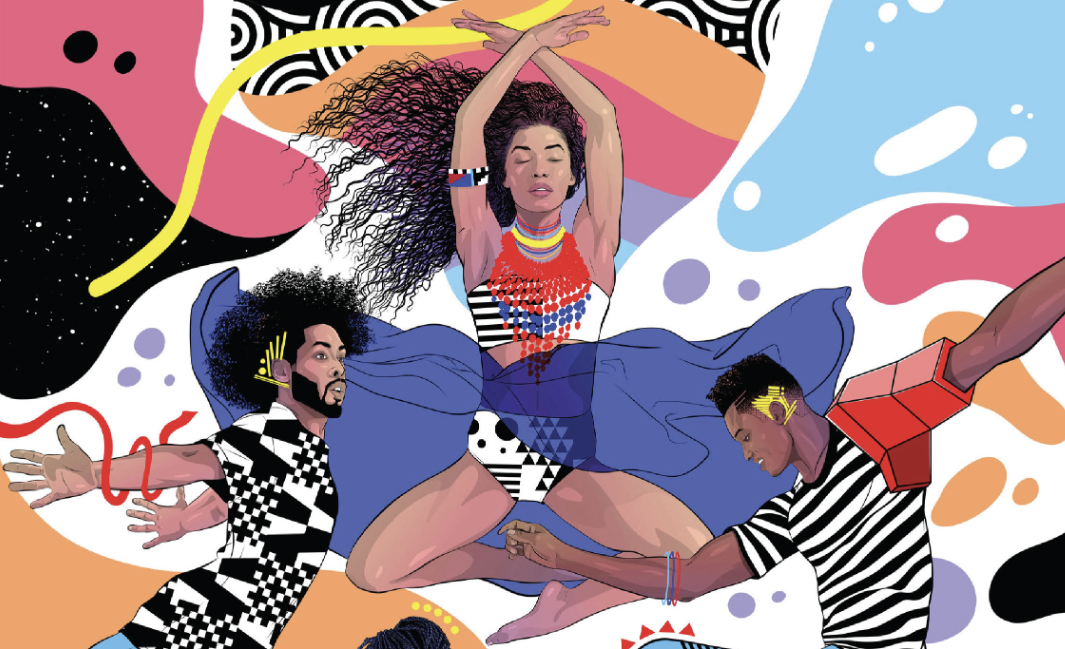When Olympic athletes finish first, they climb a platform to receive medals of recognition. After heroic deeds, soldiers are awarded Purple Hearts and Silver Stars to pin on their chests so all can appreciate their valor.
Some people wear symbols of others’ accomplishments – jackets celebrating the Packers, the Vikings, rural bars, construction companies, Abercrombie & Fitch, Tommy Hilfiger. Each identifies the wearer in some way.
So it was with the Plains Indians, but in lieu of pro teams and dive bars, they wore on their shirts stories of their own honors, of exploits and great hunts, of battles fought and won.
The “Beauty, Honor and Tradition” exhibit at the Minneapolis Institute of Arts contains 44 shirts from 22 Great Plains tribes from back when their territory extended from northern Texas up to southern Alberta.
A shirt painted in 1885 by His Horse Looking, a Lakota Indian, records battles against the Crow and Pawnee tribes and the United States military. The soldiers’ guns have triangle-style shapes to represent gunfire, and their uniforms are precisely painted right down to the last shiny brass button. Men on horseback gallop across the robe, and the painter’s interpretations of the skirmishes give insight to a side of American history rarely seen or discussed.
Men who owned a shirt of honor had to make sacrifices to keep the title and the shirt. They were the first into the fray and the last ones to leave, and they were required to help warriors who were in danger of being killed or captured.
Some tribes made shirts that didn’t have a lot of decorations, while other tribes were well-known for the intricacy of their designs.
In the 20th and 21st centuries, the shirts have changed from ponchos made from hides to wool or cotton shirts in the style of button-down Western suit jackets. The shirts are decorated with traditional or modern bead-worked designs of flags and crosses instead of painted pictographs of battles and raids. Many of the shirts in the exhibit are from the 19th century, but shirts of honor and distinction are still worn by deserving tribal members.
The Heart Butte High School boys’ basketball team from the Blackfeet Reservation in Montana won the Class C state championship in 2000, and each player got a jacket that showed his athletic achievements. The embroidered nylon jackets give these high school athletes as much pride as a quill-worked leather shirt gave their ancestors and keeps the tradition alive for another generation.
Each shirt gives a miniature course in geography and the history of the tribe it represents. It’s as if the smell of sage is just around the corner, waiting with the sounds of drum beats and the hooves of 10 million buffalo.


